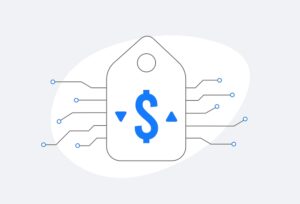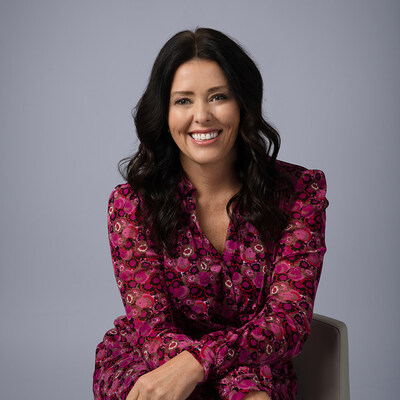When a marketer delivers goods in advance of payment, as in a "bill me" situation, there is a greater possibility of a lack of commitment on the prospect's part. And that can result in higher levels of non-paying customers. Unfortunately for magazine publishers, bill me options for subscription requests are fairly standard.
For Hearst Magazines, the challenge was establishing a web-based system that evaluates subscription requestors on the fly, allowing good prospects to sail through the subscription process easily while providing just enough of a barrier for online prospects who are riskier.
Magazine companies have long dealt with this concern in the physical world. Traditional mail magazine solicitations might include engagement devices, such as stickers that need to be placed on an order form. Forcing prospects to take these small actions usually pays off on the back end, because consumers that complete them are usually are more engaged with the product and have lower nonpayment rates.
In contrast, prospects generated online, whether through banner ads, sweepstakes sites or other passive means, can elect to try a subscription with a few clicks.
"On the Internet it is really easy to click through," says Charlie Swift, vice president of database strategy and marketing at Hearst Magazines. "People are no longer moving the stamp over, raising their hand and saying 'I really want this subscription.' Payment rates were half what we were seeing in the traditional direct mail channel."
Given the cost of delivering a subscription's first few issues, it would be understandable if management decided to dismiss the online channel as being unprofitable. But magazines often have rate bases — guaranteed delivery quantities – they have to meet, and crimping any channel impedes generating these readership levels.
Hearst retained Experian Marketing Services to help qualify online leads and send each prospect down an appropriate purchase path. The first challenge the two companies addressed was the comparative lack of information on potential subscribers.
When Hearst actively sends out solicitations, it has a fair amount of information on its prospects. This can include geodemographic attributes, purchase histories and lifestyle characteristics. Banner ads and affiliate sites, however, are passive means of generating subscriptions. Because these channels rely on prospects raising their hands, Hearst may not have the same range of data on them.
Hearst does have their names and addresses, of course: The magazines have to be sent somewhere. And thanks to referring domain data Hearst knows how the prospects are generated: The risks associated with someone coming in from an enthusiast site related to a magazine's editorial focus, for instance, differ from those of a prospect generated through a sweepstakes site.
This information feeds into a real-time scoring system which runs an algorithm, establishes a model score, puts each requestor into one of three buckets and serves up one of three subscription paths—all within 300 milliseconds.
Highly ranked prospects are taken to a traditional sign-up page. Marginal ones, who might or might not pay, are offered an incentive to provide payment with order. Hearst constantly tests and refines these offers, which range from premiums such as tote bags to dollars-off deals.
"The whole point was go get them to remit [up front] a little bit more," Swift says. "It was a carrot approach." Hearst is continuing to modify this category: the cost of the incentives isn't enough to offset the bad pay rates these individuals are generating.
Prospects who score poorly are served up "pure stick" scheme, according to Swift. They are asked to call an 800 number and confirm that they really want the subscription. Legally, Hearst can't change the terms of its offer – once the company presents a bill me later option, it can't revoke it – but it can put a hurdle in front of the requestors.
During July, a grand total of four poorly ranked prospects took that final step. "Nobody called the 800 number," says Swift. "They either paid now or went away, which is exactly what we wanted to happen."
The model is being modified to reflect how individuals referred from specific sites perform. But it has already generated successes: Hearst has seen a drop of between 20% and 30% in its subscription servicing costs, and a jump of around 10% in its net profits.




 Network
Network

